News Story
Blakesley Hall grounds are a rich in wildlife, but we want to make them even better. By recording what lives there, we are hoping to use that information to improve the wildlife habitat there. Knowing what species live there and what they need to thrive can help us manage the grounds in a way benefits existing wildlife and encourages new species.
One of the ways we do this is by holding urban nature days where visitors can help us to find and record wildlife. These are some of the of the creatures we found at Blakesley Hall in early June:
Bees
Tree Bumblebees (Bombus hypnorum) were common in the gardens as they have made a nest in a bird feeder next to the hall. This species is a relatively new arrival in Britain, first recorded here in 2001. They have since spread rapidly thought most of the country as they adapted well to gardens where they live in sheds, lofts, nest boxes and even tumble dryer air vents.
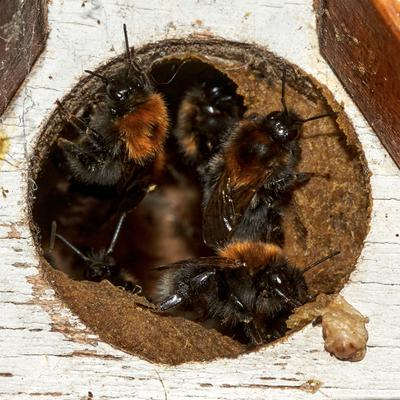
An unusual bumblebee was the Vestal Cuckoo Bumblebee (Bombus vestalis). Cuckoo bumblebees are so called because they take over the nests of other bumblebees. In this case the Buff-tailed Bumblebee (Bombus terrestris). After entering a nest, they kill the existing queen and lay their own eggs. The host workers carry on collecting pollen and nectar to feed the young of the new queen.
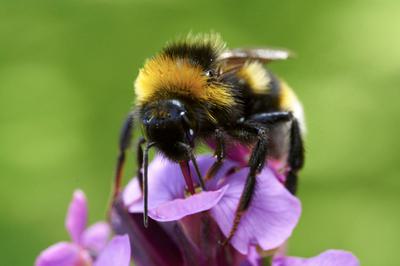
Butterflies and moths
The only butterflies found were Holly Blue (Celastrina argiolus), Speckled Wood (Pararge aegeria) and a Cabbage White (Pieris rapae) spotted in the distance. The Speckled Wood was found in the shady margins of the herb garden and car park. Male butterflies defend a territory, flying back and forth in the same area and challenging any butterfly that comes close. This one had taken a break to feed on the sugary honeydew produced by aphids.

The Mint Moth (Pyrausta aurata) is a common garden species. As its name suggests it lays eggs on mint but also other herbs such as Lemonbalm and is often seen flying around herb patches.
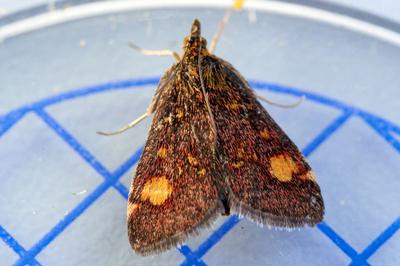
Flies
There were relatively few hoverflies recorded. One of the commonest was the Batman Hoverfly (Myathropa florea).
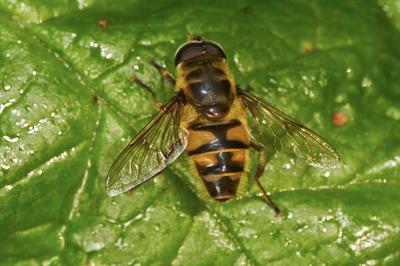
A small but pretty fly is the Murky-legged Black Legionnaire (Beris chalybata). This is a common species in gardens but is easily overlooked so it is not often recorded in the West Midlands.
Beetles
One of the highlights was a Wasp Beetle (Clytus arietis). This striking species is black with yellow stripes making it a good wasp mimic. It even moves in a jerky wasp-like way adding to the effect.
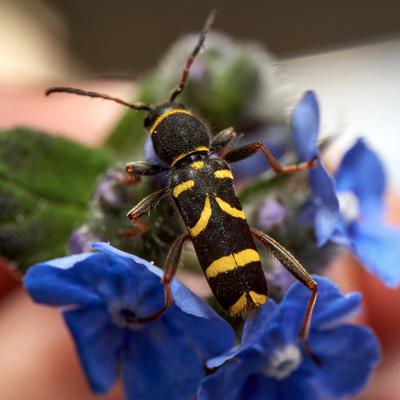
The only ladybird found was a 14 Spot ladybird (Propylea quattuordecimpunctata). These are extremely beneficial for gardeners as they are major predators of aphids. Aphids have been abundant this year so the ladybirds will have plenty of food.
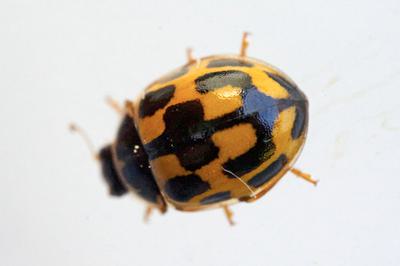
The Varied Carpet Beetle (Anthrenus verbasci) was seen on daisies where they feed on pollen and nectar. Carpet beetles are unwelcome inside museums as their larvae can eat the collections. Their larvae eat keratin and chitin including wool, feathers and even preserved insects. Their natural habitat is bird and mammal nests, but they are happily live in buildings where they consume things like woollen carpets and clothes.
The metallic-green Swollen Thighed Beetles (Oedemera nobilis) are one of the commonest insects seen on flowers in summer. Only males have the thick thighs that they use to eject other males from flowers.
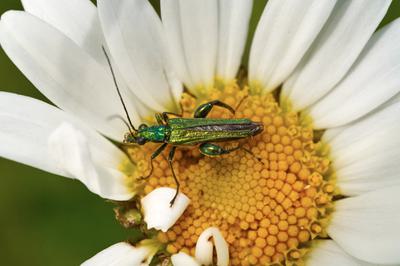
Bugs
One question asked several times was: what was inside cuckoo spit? This frothy white substance appears on many garden plants, but it is particularly noticeable on lavender at Blakesley Hall. It is a protective covering made by the nymph of the froghopper.
Shield Bugs are some of the largest and colourful bugs in gardens. The Hairy Shieldbug (Dolycoris baccarum) and Green Shieldbug (Palomena prasina) were found.
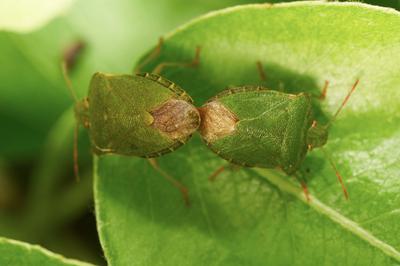
There may more Urban Nature Days coming up, so if you would like to know more about local wildlife come along to one of the events. Check the what's on for future dates.
by Lukas Large, Curator (Natural Sciences)